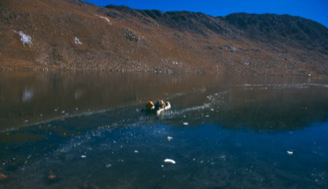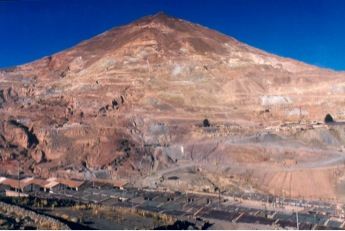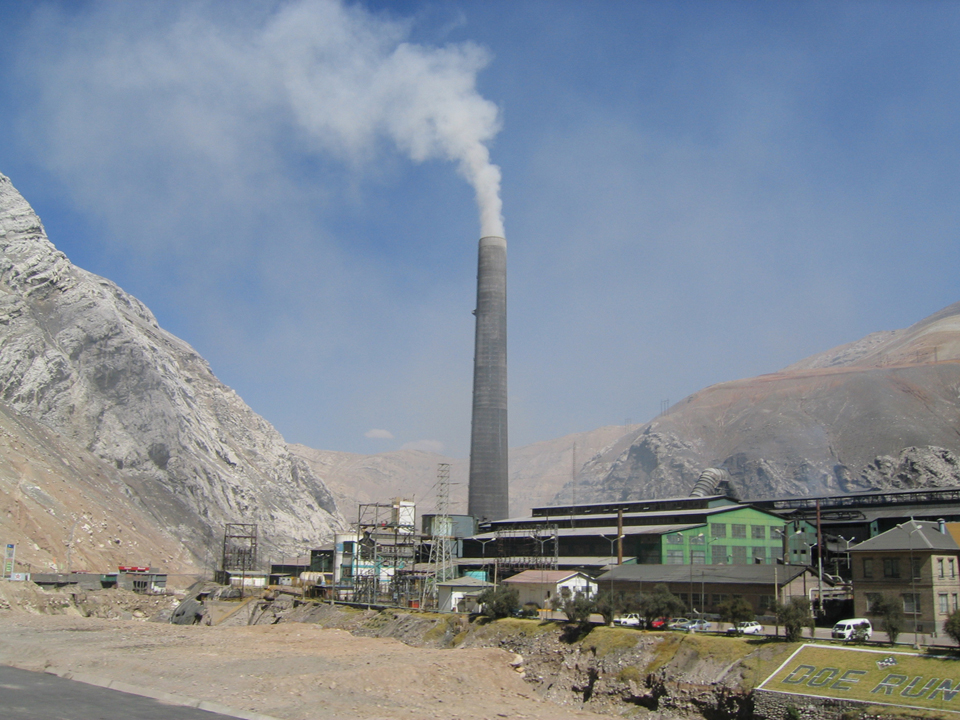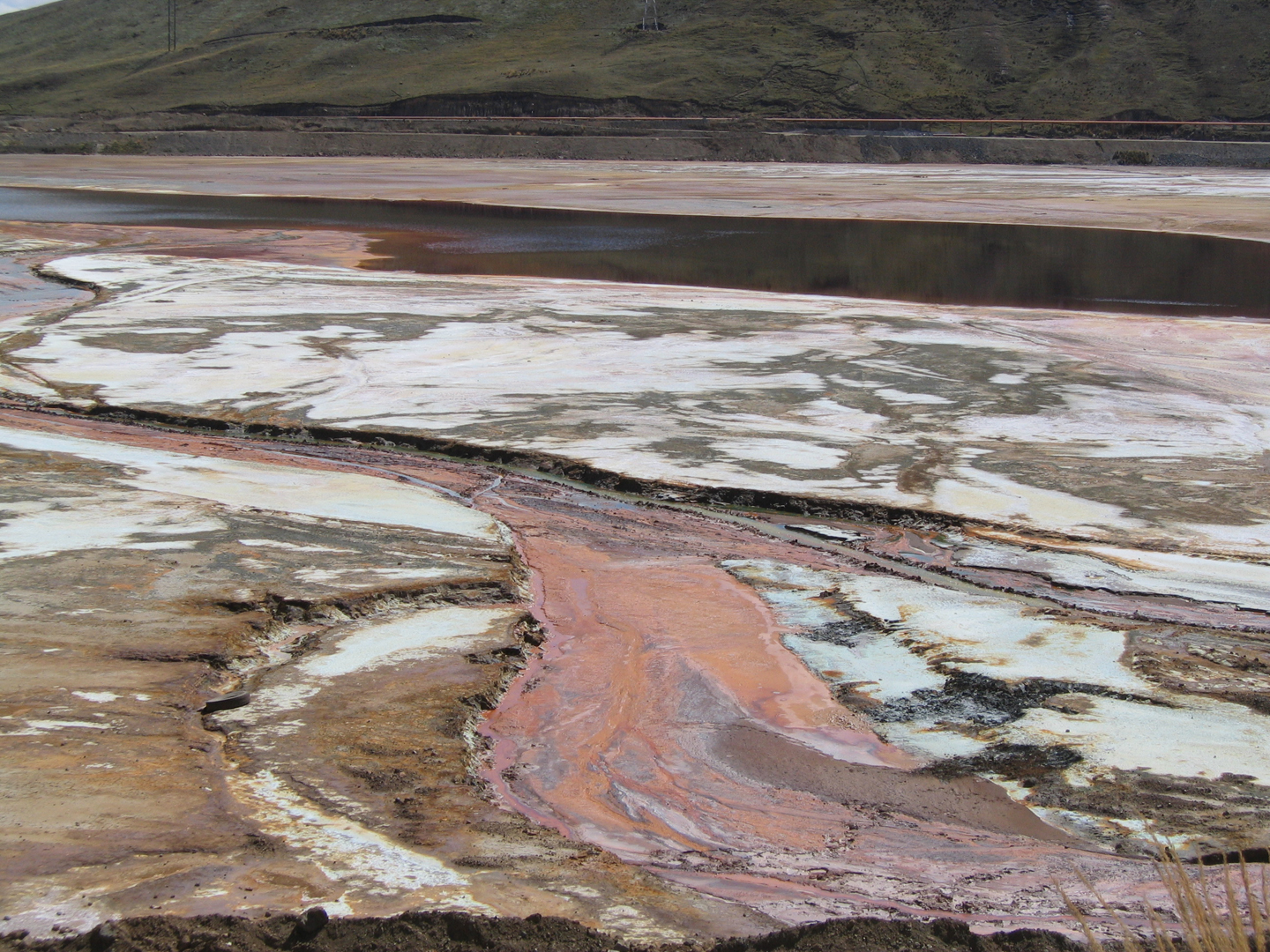 |
||||||||||||||
|
|
||||||||||||||
|
Early Metallurgy in the Andes
|
|
Reconstruction of Pre-Incan Metallurgy Using Lake Sediments from the Central Andes: Geographic and Temporal Patterns of Development - Collaborators include Alex Wolfe, Colin Cooke, and Alejandro Chu among others This project seeks to identify the spatial and temporal pattern of metallurgical development in the central Andes of Bolivia, Peru and Ecuador using analyses of metal concentrations and lead isotope ratios from lake sediment cores. The research strategy is to use multiple lake sediment records to document when, where and what metals and alloys were being produced by working on lakes down wind from locations with ancient smelters. We target headwater lakes without a surface water connection to mining or smelting activities. Considerable atmospheric pollution was generated from the primitive smelting technologies that employed charcoal fired, wind drafted furnaces and used lead (Pb) as a flux to control the refining process. This produced considerable atmospheric pollution that was deposited by wet and dry fallout on the landscape and into the lakes, and is now archived in the finely layered sediments.
Resulting publications include Intensive Pre-Incan Metallurgy Recorded by Lake Sediments from the Bolivian Andes. The history of pre-Columbian metallurgy in South America is incomplete be- cause looting of metal artifacts has been pervasive. Here, we reconstruct a millennium of metallurgical activity in southern Bolivia using the stratigraphy of metals associated with smelting (Pb, Sb, Bi, Ag, Sn) from lake sediments deposited near the major silver deposit of Cerro Rico de Potosi. Pronounced metal enrichment events coincide with the terminal stages of Tiwanaku culture (1000 to 1200 A.D.) and Inca through early Colonial times (1400 to 1650 A.D.). The earliest of these events suggests that Cerro Rico ores were actively smelted at a large scale in the Late Intermediate Period, providing evidence for a major pre-Incan silver industry.
A Millennium of Metallurgy Recorded by Lake Sediments from Morococha, Peruvian Andes. To date, information concerning pre-Colonial metallurgy in South America has largely been limited to the archaeo- logical record of artifacts. Here, we reconstruct a millennium of smelting activity in the Peruvian Andes using the lake- sediment stratigraphy of atmospherically derived metals (Pb, Zn, Cu, Ag, Sb, Bi, and Ti) and lead isotopic ratios (206Pb/ 207Pb) associated with smelting from the Morococha mining region in the central Peruvian Andes. The earliest evidence for metallurgy occurs ca. 1000 A.D., coinciding with the fall of the Wari Empire and decentralization of local populations. Smelting during this interval appears to have been aimed at copper and copper alloys, because of large increases in Zn and Cu relative to Pb. A subsequent switch to silver metallurgy under Inca control (ca. 1450 to conquest, 1533 A.D.) is indicated by increases in Pb, Sb, and Bi, a conclusion supported by further increases of these metals during Colonial mining, which targeted silver extraction. Rapid development of the central Andes during the 20th century raised metal burdens by an order of magnitude above previous levels. Our results represent the first evidence for pre-Colonial smelting in the central Peruvian Andes, and corroborate the sensitivity of lake sediments to pre-Colonial metallurgical activity suggested by earlier findings from Bolivia.
A Paleolimnological Perspective on Industrial-Era Metal Pollution in the Central Andes, Peru. To date, few studies have investigated the environmental legacy associated with industrialization in the South American Andes. Here, we present an environmental archive of industrial pollution from 210Pb-dated lake cores recovered from Laguna Chipian, located near the Cerro de Pasco metallurgical region and Laguna Pirhuacocha, located near the Morococha mining region and the La Oroya smelting complex. At Laguna Chipian, trace metal concentrations increase beginning ~1900 AD, coincident with the construction of the central Peruvian railway, and the rapid industrial development of the Cerro de Pasco region. Trace metal concentrations and fluxes peak during the 1950s before subsequently declining up-core (though remaining well above background levels). While Colonial mining and smelting operations are known to have occurred at Cerro de Pasco since at least 1630 AD, our sediment record preserves no associated metal deposition. Based on our 14C and 210Pb data, we suggest that this is due to a depositional hiatus, rather than a lack of regional Colonial pollution. At Laguna Pirhuacocha, industrial trace metal deposition first begins ~1925 AD, rapidly increasing after ~1950 AD and peaking during either the 1970s or 1990s. Trace metal concentrations from these lakes are comparable to some of the most polluted lakes in North America and Europe. There appears to be little diagenetic alteration of the trace metal record at either lake, the exception being arsenic (As) accumulation at Laguna Pirhuacocha. There, a correlation between As and the redox-sensitive element manganese (Mn) suggests that the sedimentary As burden is undergoing diagenetic migration towards the sediment-water interface. This mobility has contributed to surface sediment As concentrations in excess of 1100 _g g_ 1. The results presented here chronicle a rapidly changing Andean environment, and highlight a need for future research in the rate and magnitude of atmospheric metal pollution. Late-Holocene Atmospheric Lead Deposition in the Peruvian and Bolivian Andes. The analysis of lead (Pb) in lake-sediment cores is a useful method to reconstruct local histories of Pb pollution. Here, we use Pb concentration profiles from lake sediments to reconstruct local trajectories of pre- Colonial smelting from three metallurgical centres in the South American Andes: the Morococha mining district, Peru; the Bolivian Altiplano around Lake Titicaca; and the silver-mining center of Potosi, Bolivia. The earliest evidence for Pb enrichment from smelting is on the Altiplano beginning ~AD 400, coincident with the rise of the pre-Incan Tiwanaku and Wari Empires. Coeval with the collapse of these Empires ~AD 1000, there is a dramatic decrease in Pb pollution on the Altiplano, suggesting metallurgical activity was closely tied to the Tiwanaku state. In contrast, metallurgy at Morococha, Peru and Potosí, Bolivia began ~AD 1000-1200, likely as the result of the diaspora generated by the collapses of Tiwanaku and Wari. The independent chronologies of these records suggest asynchronous metallurgical activity between mining centers, and local-scale control of mineral resources. Following Inca conquest of the Andes ~AD 1450, strong increases in Pb are noted at all three study sites, suggesting an increase in silver production to meet Inca imperial demand. Following Hispanic conquest (AD 1532), large increases in Pb pollution are noted at Morococha and Potosí, only to be superseded by industrial development. The records presented here have implications for the reconstruction of Andean prehistory, and demonstrate the sensitivity of lake sediment geochemistry to pre-Colonial smelting activity. The technique has much potential for exploring the timing and magnitude of pre-industrial metallurgy in the New World. |
|







